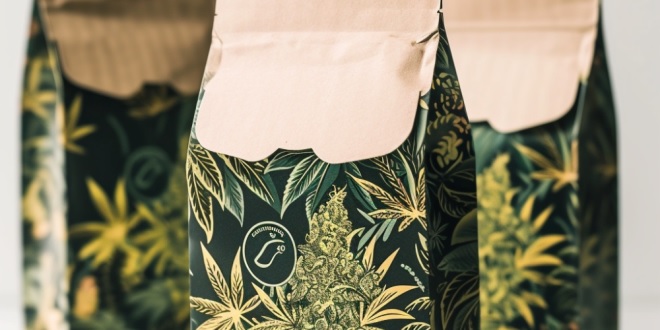Utah was one of the last states cannabis proponents expected to approve medical cannabis. But they did just that several years ago. Now in the fourth year of a burgeoning medical cannabis program, the Beehive State is seeing a spike in the number of applications for medical cannabis cards. The big question is what is fueling the spike.
It is probably not just one thing. My guess is that several things have combined to create a perfect storm so to speak. All the stars are aligning in Utah to give patients with qualifying medical conditions access to cannabis.
Cannabis Cards by the Numbers
The operators of the Zion Medicinal medical cannabis pharmacy in Cedar City explains that lawmakers expected fewer than 10,000 total medical cannabis card holders when they began implementing the state’s program some four years ago. They blew by that number within the first few months. Fast forward through the first quarter of 2024 and the Beehive State is now home to some 83,000 card holders.
Health department officials released their quarterly report at the end of March. That report shows a 19% year-on-year increase in the number of medical cannabis card holders in Utah. I do not care what industry you’re involved in; a 19% jump qualifies as an impressive spike. That takes us back to the question of why.
Utah Qualifying Conditions
There are several factors in play. First are the qualifying conditions for medical cannabis in Utah. State lawmakers originally did not include acute pain on their list. That changed last year. In 2023, lawmakers approved acute pain under certain conditions. A patient’s doctor must expect that the pain will last at least for at least three weeks and that it would otherwise be treated with prescription painkillers.
Adding acute pain invites more patients to choose medical cannabis over prescription painkillers. No doubt at least some patients have been added to the medical cannabis card rolls as a result. But their real numbers could be limited.
Worker Protections
Another contributing factor is the implementation of certain worker protections. Lawmakers also took advantage of the 2023 legislative session to institute new rules for all public sector employers regarding medical cannabis consumption. In essence, the state told public employers they could no longer discriminate against medical cannabis users. They now need to treat medical cannabis like any other prescription medication for employment policy purposes.
Protecting public sector workers against discrimination likely contributed to the increase in card holders. Workers no longer feeling threatened by possible workplace disciplinary action are now free to apply for medical cannabis cards. Only certain types of public sector employees can still be disciplined for medical cannabis use, like police officers for example.
Increased Consumer Education
The biggest contributing factor is arguably increased consumer education. As more people learn about how Utah’s medical cannabis program works, they are more likely to take advantage of it. From medical cannabis dispensaries to advocacy groups to healthcare providers, those in favor of medical cannabis are working overtime to educate the masses about:
- Eligibility requirements
- Application procedures
- Qualifying conditions
- Health benefits
It doesn’t hurt that getting a medical cannabis card in Utah isn’t especially difficult. As long as you are of age and have either a qualifying condition or care for someone else who does, getting a card is more of an administrative process than anything else.
A number of factors are working together to boost the medical cannabis card count in Utah. With 83,000 patients already in the system, is it reasonable to expect Utah’s program to continue growing? Absolutely.


Comments are closed.